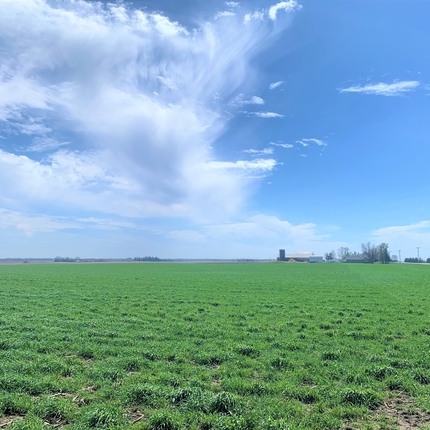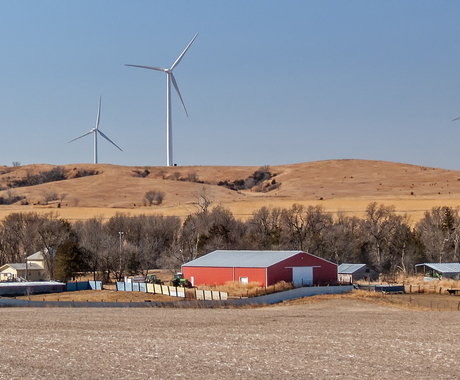In 2013, Iowa leaders, experts, and stakeholders came together to create a plan to prioritize water quality with the goal of reducing harmful nutrients in water from various sources.
A decade later, we can celebrate the work that has been accomplished with the Iowa Nutrient Reduction Strategy (NRS) but also acknowledge there is more work to do.
On the positive side, newly updated data from the Iowa Department of Agriculture and Land Stewardship (IDALS), Iowa State University, and the Iowa Department of Natural Resources shows an increase in water quality efforts statewide. Agricultural land in cover crops, for example, has increased from nearly 10,000 acres to more than 2.8 million. Of the state’s corn or corn/soybean acres, this represents more than 13% in cover crops. However, this falls short of the goals outlined in the NRS.
State agencies and collaborators continue to take steps to move the needle. In recent weeks, IDALS announced the availability of cost-share funding through the Iowa Water Quality Initiative (WQI) for farmers implementing practices to improve water quality and reduce nutrient runoff from their land. Practices like cover crops, no-till, and strip-till qualify for these funds.
Applying for cost-share funds is an effective way to offset the costs associated with implementing conservation practices. For instance, a farmer planting cover crops for the first time can receive $25 per acre through the WQI. Farmers are encouraged to visit their local Soil and Water Conservation District offices to submit applications immediately, as funds will be available as early as July.
Every acre, practice, and advancement represents an investment in Iowa’s future.





